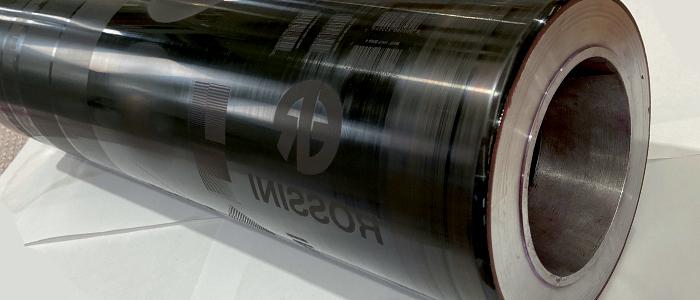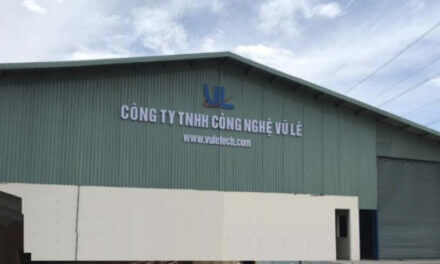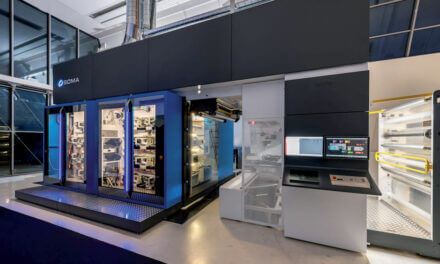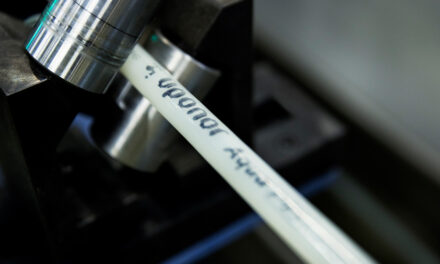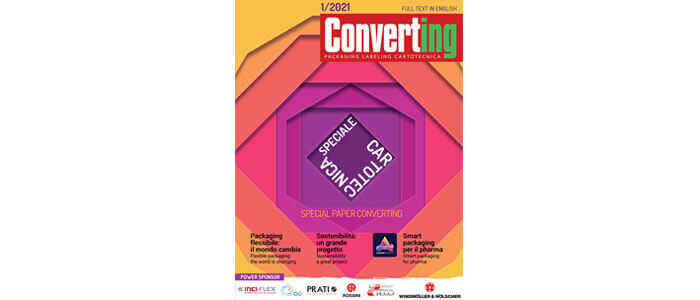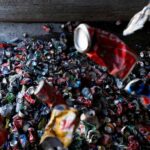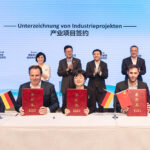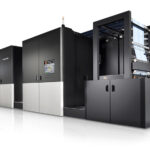Rossini SpA presents Ecograv System: the world’s first production line for rotogravure cylinders without copper and chrome coating ready for electromechanical engraving. The Rossini group thus proposes itself as a solution provider for the supply of innovative technologies with a “turnkey” formula by leveraging its Equipment division.
Rossini SpA confirms its technological leadership and launches a highly innovative solution in rotogravure printing. The large Italian manufacturer of rollers and sleeves has found the alternative to the hexavalent chrome coating of printing cylinders by finalizing a research and development work personally supervised by Mr. Rossini over the last ten years.
The chrome surface of the printing cylinders guarantees today the high quality of the work carried out with this technology, but at the same time generates environmental and health problems, so much so that the competent authorities will prohibit its use within a few years (see box).
The solution developed in Rossini is called Ecograv System and replaces the copper and chrome cladding with a special polyurethane based technopolymer that has passed all the tests of quality and machinability on industrial lines, and can be engraved electromechanically. Moreover, Rossini has developed and built the production plant to make the new type of cylinder, or rather a complete and automated line, which starts from the raw material to be “poured” on the roller to reach the product ready for engraving.
For the spring of next year the pilot plant will be in operation at the manufacturer’s Technology Center, where customers will be able to verify the prerogatives and performance of the system.
The Gerosa Group – development partner of the project – has already signed the purchase commitment for the supply of the first Ecograv System. ICR, a well-known supplier of rotogravure cylinders, has also supported the development for the engraving part.Here is how engineer Falvio Losa, Rossini SpA, presents it, in preview in Converting.
 Dr. Losa, as often happens, also at the origin of your project there was a problem to solve – in this case find a new type of coating, alternative to chrome, for the rotogravure printing cylinder. Why is this so important?
Dr. Losa, as often happens, also at the origin of your project there was a problem to solve – in this case find a new type of coating, alternative to chrome, for the rotogravure printing cylinder. Why is this so important?
The rotogravure cylinder has a steel core and engraved copper coating, and ultimately a hexavalent chromium protection. The latter has a surface hardness of 1000- 1200 Brinell. Even without being an expert we can understand the importance of this data if we compare it with the hardness of a doctor blade, which is around 700 Brinell: since the function of this coating is first of all to protect the roller from the rubbing of the doctor blade, extending its life and preserving its characteristics, the effectiveness of chrome is evident. But that’s not all. Having many open bonds, chromium 6+ has a superior uniformity, which allows the management of a particularly well defined and constant layer. All these characteristics together ensure the perfection and durability of the engraving.
What material is the alternative coating developed in Rossini SpA made of? And how does it behave?
It is a polyurethane based technopolymer, patent pending, conductive and, of course, grindable. It has an extremely low surface roughness value, not far from that of chrome, and above all it can be engraved electromechanically. This data is particularly important because until now the experiences made on plastic compounds involved laser engraving. However, there are very few laser machines on the market: almost all engravers work with electromechanical systems. So our goal was to develop a cylinder that could be engraved by everyone, without having to change technology, and we succeeded. This does not exclude the fact that in the near future Ecograv will be able to be engraved using laser technology.
So the novelty is not only about the coating…
That’s right: it is rendered by a set of elements including materials, engraving techniques and equipment involved that do not negatively impact the health of operators and the environment. The new polymer at the base of the Rossini Ecograv System, once removed, can be disposed of in exactly the same way as segregated plastic household waste.
Had a solution of this kind ever been developed before?
No, we are the first.
To test the performance of the new cylinder you have involved a very well equipped engraver and converter. With what results?
Firstly we carried out the tests on our small single color rotogravure machine that we installed in our research center and then we printed 370,000 m of printing with a 12 micron polyester. With a cruising speed between 200 and 250 m/min and standard recipe, with a very normal steel doctor blade and roto inks on ethyl acetate base, without any problem. To our and our partners’ full satisfaction, we have obtained a very high quality high definition image with a uniform ink density throughout the entire print run. But that’s not all: the constancy of the ink transport is correlated to the fact that even the cells empty evenly, quickly and without large residues on the bottom. The printing dot is better: perfectly round, without any dragging thanks to the doctor blade. Of course we did the calibration curve for the engraving, which allowed us to obtain an absolutely level tone gradient and, overall, results equivalent or above those of a standard chrome-plated steel roller.
Coming developments?
We will soon start the most difficult tests. Gerosa will print a 7-colour subject with all the most challenging difficulties: solid background, barcode, Arabic wordings, fine and coarse detail and a number of pantones. A challenging job, which will verify both print quality and production output
Ecograv System also includes the line to produce the new cylinder. What is the line-up?
The production line consists of a station where the distribution, i.e. the deposit, of the new polymer that is cast on the user’s roller (casting station) takes place, followed by the part of the line where the heat treatment takes place that helps to stabilise the crystalline structure of the product. Finally, grinding and smoothing are carried out. The roller is then ready for engraving.
What advantages does this bring?
It is a highly automated and simple to use process, with a modular structure, which generates a roller ready for mechanical engraving, a shows the overall advantage of the new solution: it not only responds to the need to replace the hexavalent chromium, shortly to be banned, but also an alternative to a highly pollutant production system that is also expensive to manage at various levels, not least that of the healthiness of the working environment and the disposal of toxic substances used in traditional processing.
And on an economic level?
The cost of the Ecograv print cylinder will be competitive with the current standard and will use the converter cylinders. Of course it will require a new diameter management, because our coating is 2 mm. A printer’s cylinder magazine contains thousands or tens of thousands of parts so there will be no difficulty in finding the correct diameter for each job.
But you also need to calculate the plant investment….
The matter of ROI, as everybody knows, must be contextualized and accurately calculated, data and variables to hand. The entire Ecograv System line at the most takes up the space of a galvanic line, and requires a lower investment than a traditional process, in addition to presenting a simplicity of management that makes it a truly “user and environmental friendly” process. Suffice it to say that it does not require permits for emissions or periodic medical analysis of the health of the personnel, and above all it eliminates all the problem of the management of galvanic baths, wastewater, chemical products.

